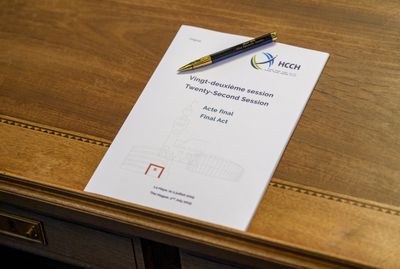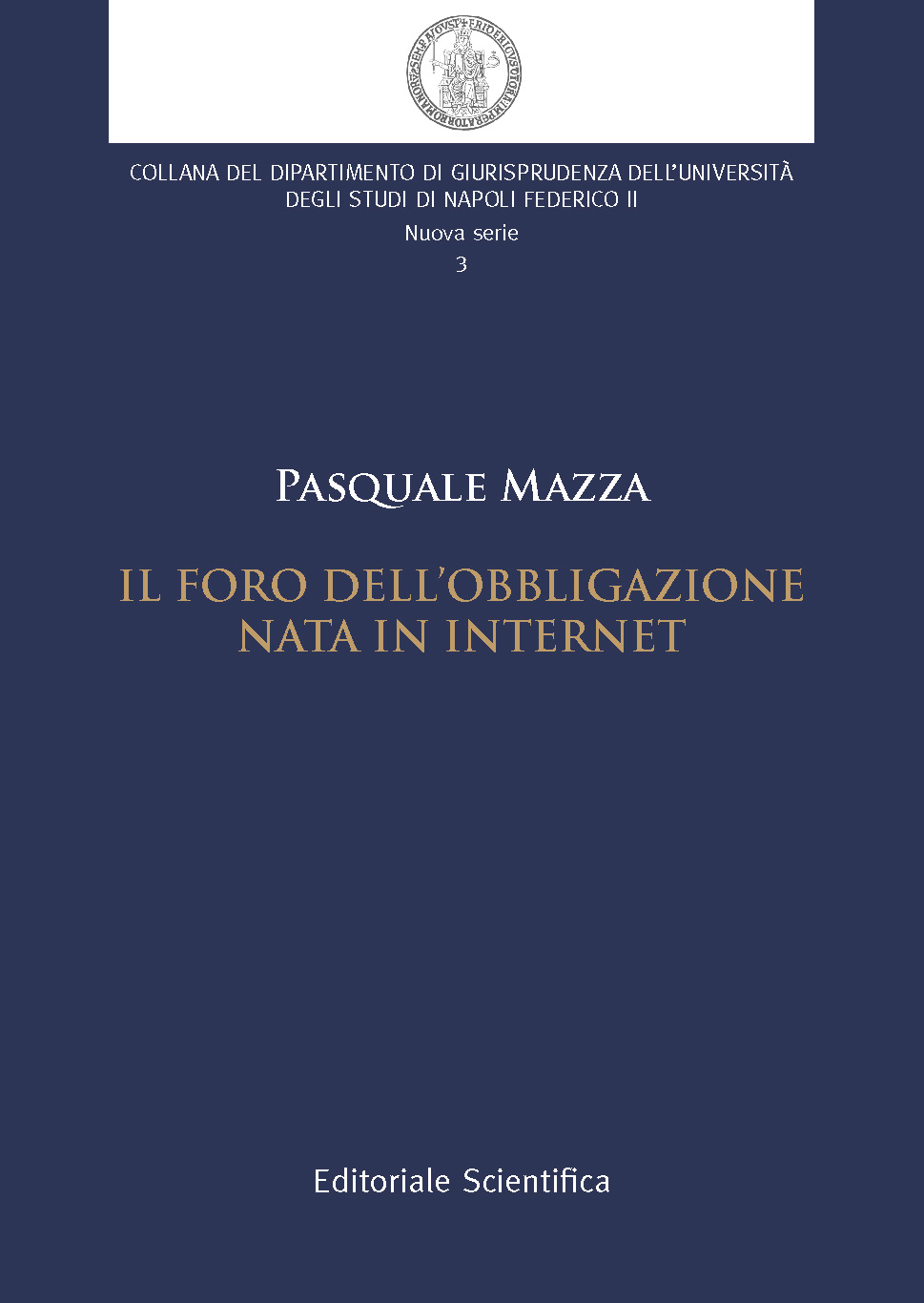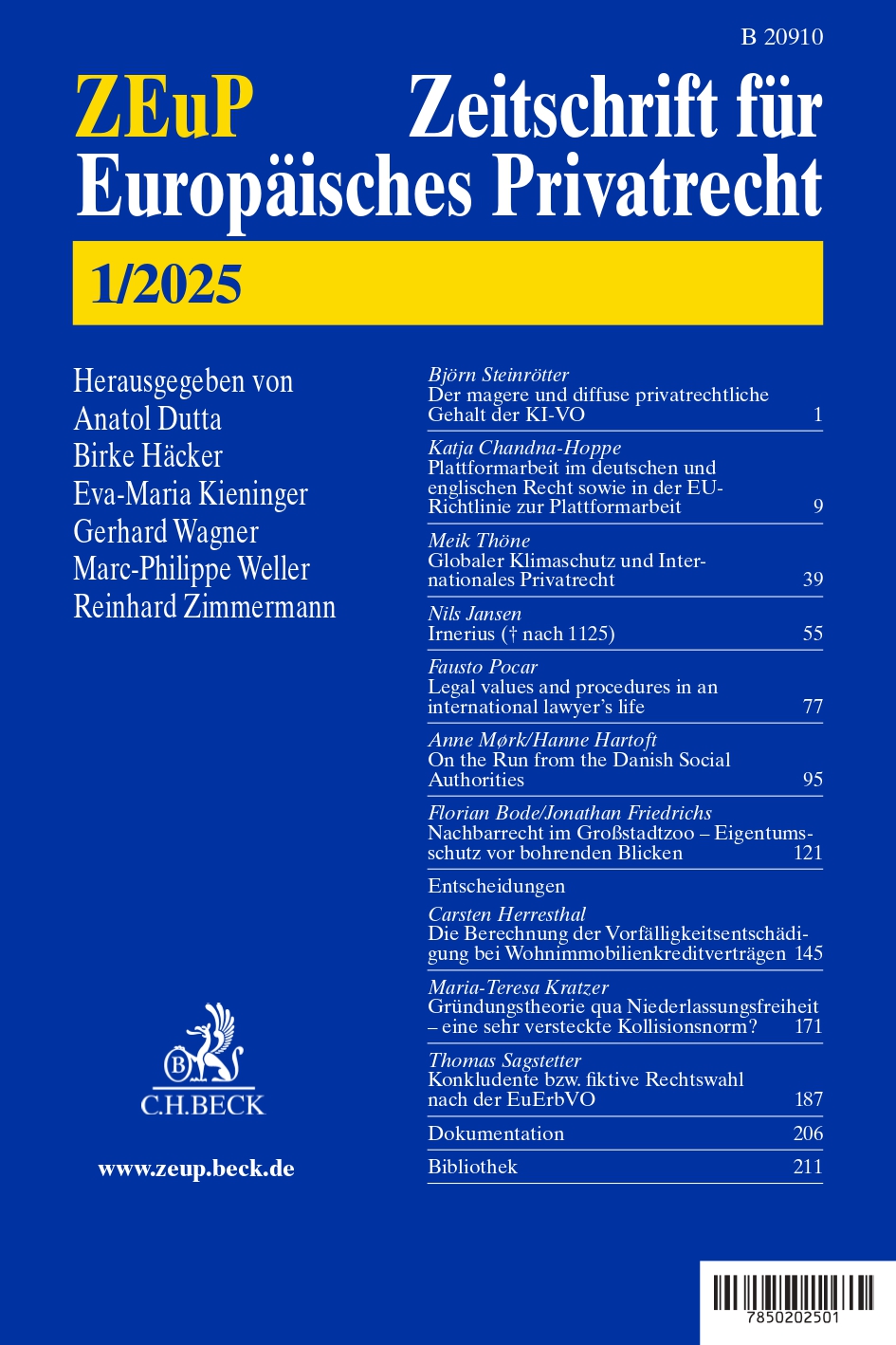Views
Denial of Natural Justice as a Defence to Enforcement of a Chinese Judgment in Australia
In Yin v Wu [2023] VSCA 130, the Court of Appeal of the Supreme Court of Victoria set aside a judgment[1] which had affirmed the enforcement a Chinese judgment by an Associate Justice of the Supreme Court.[2] This was a rare instance of an Australian court considering the defence to enforcement of a foreign judgment on the basis that the judgment debtor was denied natural justice—or procedural fairness—before the foreign court.
Background
The dispute concerned a payment made by a Chinese national living in China, Di Wu, to a Chinese national living in Australia, Ke Yin. The payment was made pursuant to a foreign exchange agreement: Yin had promised to pay Wu a sum of US Dollars in exchange for Wu’s Chinese RMB.
The arrangement was made unusually through a series of Telegram and WhatsApp messages, from accounts with different numbers and aliases. (In Australia, we would say that the arrangement sounded ‘suss’.) The agreement was seemingly contrary to Chinese law, which may have contributed to the clandestine character of communications underlying the agreement; see [30].
Change of gender in private international law: a problem arises between Scotland and England
Written by Professor Eric Clive
The Secretary of State for Scotland, a Minister of the United Kingdom government, has made an order under section 35 of the Scotland Act 1998 blocking Royal Assent to the Gender Recognition Reform (Scotland) Bill 2022, a Bill passed by the Scottish Parliament by a large majority. The Scottish government has challenged the order by means of a petition for judicial review. The case is constitutionally important and may well go to the United Kingdom Supreme court. It also raises interesting questions of private international law.
At present the rules on obtaining a gender recognition certificate, which has the effect of changing the applicant’s legal gender, are more or less the same in England and Wales, Scotland and Northern Ireland. The Scottish Bill would replace the rules for Scotland by less restrictive, de-medicalised rules. An unfortunate side effect is that Scottish certificates would no longer have automatic effect by statute in other parts of the United Kingdom. The United Kingdom government could remedy this by legislation but there is no indication that it intends to do so. Its position is that it does not like the Scottish Bill.
One of the reasons given by the Secretary of State for making the order is that having two different systems for issuing gender recognition certificates within the United Kingdom would cause serious problems. A person, he assumes, might be legally of one gender in England and another in Scotland. There would therefore be difficulties for some organisations operating at United Kingdom level – for example, in the fields of tax, benefits and pensions. This immediately strikes a private lawyer as odd. Scotland and England have had different systems in the law of persons for centuries – in the laws on marriage, divorce, legitimacy, incapacity and other matters of personal status – and they have not given rise to serious problems. This is because the rules of private international law, even in the absence of statutory provision, did not allow them to.
Judgments Convention – No Thanks?
On September 1st, 2023, the 2019 Hague Judgments Convention will enter into force for the Member States of the EU and Ukraine. According to the HCCH, the Convention is “a true gamechanger in international dispute resolution”, which will “reduce transactional and litigation costs, facilitate rule-based multilateral trade and investment, increase certainty and predictability” and “promote effective justice for all”. The international conference taking place in Bonn later this week will likely strike an equally celebratory tone.
This sentiment is not shared universally, though. In a scathing article just published in Zeitschrift für Europäisches Privatrecht (ZEuP) entitled ‘Judgments Convention: No Thanks!‘, Haimo Schack (University of Kiel) labels the Convention as “evidently worthless”.

Schack comes to this damning conclusion in three steps. First, he argues that the 2005 Choice of Court Convention, the first outcome of the decades-long HCCH Jurisdiction Project, has been of minimal use for the EU and only benefited Singapore and London. Read more
News
Call for Papers: Contributions on Regulatory Initiatives on Ecodesign and Sustainable Products to the Journal of Law, Market & Innovation (JMLI)
We are happy to share the following call for papers by the Journal of Law, Market & Innovation (JMLI):
The JLMI invites contributions on the subject of “Regulatory Initiatives on Ecodesign and Sustainable Products”, to explore the legal frameworks, challenges, and opportunities related to ecodesign, with the goal of fostering an in-depth understanding of how it can influence economic growth and how it will be integrated in the current legal framework. This Special Section invites scholarly contributions examining the role of emerging sustainability initiatives, introducing new sustainability requirements and responsibilities, particularly in the EU regulatory framework. Read more
Out Now: Mazza, ‘Il foro dell’obbligazione nata in internet’
An impressive Italian monograph of more than 400 pages on jurisdiction in internet cases (‘Il foro dell’obbligazione nata in internet’) has just been published.
The author has kindly provided the following summary:
The book addresses the topic of civil jurisdiction over disputes arising on the Internet, observing it from different perspectives. In the first chapter the Author delves into the United States case law on the so-called “Internet torts”, reaching the conclusion that solutions based on the targeting test could be usefully employed to draft an international convention with the aim of establishing rules in the current confusing scenario. In the second and third chapters the doctrine of forum non conveniens and the phenomenon of libel tourism are explored in-depth. The fourth chapter examines the main decisions issued by the CJEU concerning jurisdiction over contractual and extracontractual liability (including cases such as eDate, Bolagsupplysningen, Pammer, etc.), while the fifth chapter is focused solely on Italian procedural rules and case law. In the last two chapters, starting from the assumed need to ensure the effectiveness of judicial remedies, the problems of the extraterritorial scope of online content removal orders as well as important EU Regulations (mostly the Digital Services Act and the GDPR) are examined, with finally a part on the “Schrems saga” and the EU-US agreements on the transfer of personal data (including the EU-US Data Privacy Framework).
ZEuP – Zeitschrift für Europäisches Privatrecht 1/2025
A new issue of ZEuP – Zeitschrift für Europäisches Privatrecht is now available and includes contributions on EU private law, comparative law and legal history, legal unification, private international law, and individual European private law regimes. The full table of content can be accessed here: https://rsw.beck.de/zeitschriften/zeup.
 The following contributions might be of particular interest for the readers of this blog: Read more
The following contributions might be of particular interest for the readers of this blog: Read more


